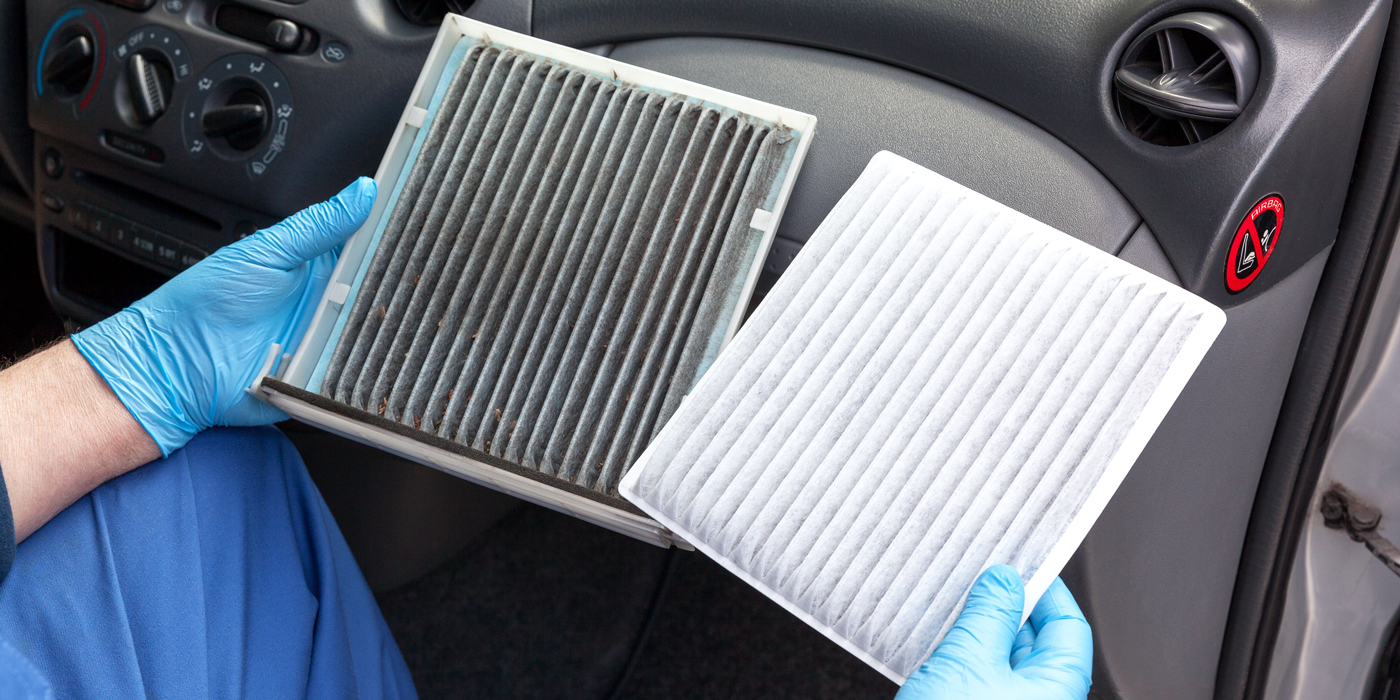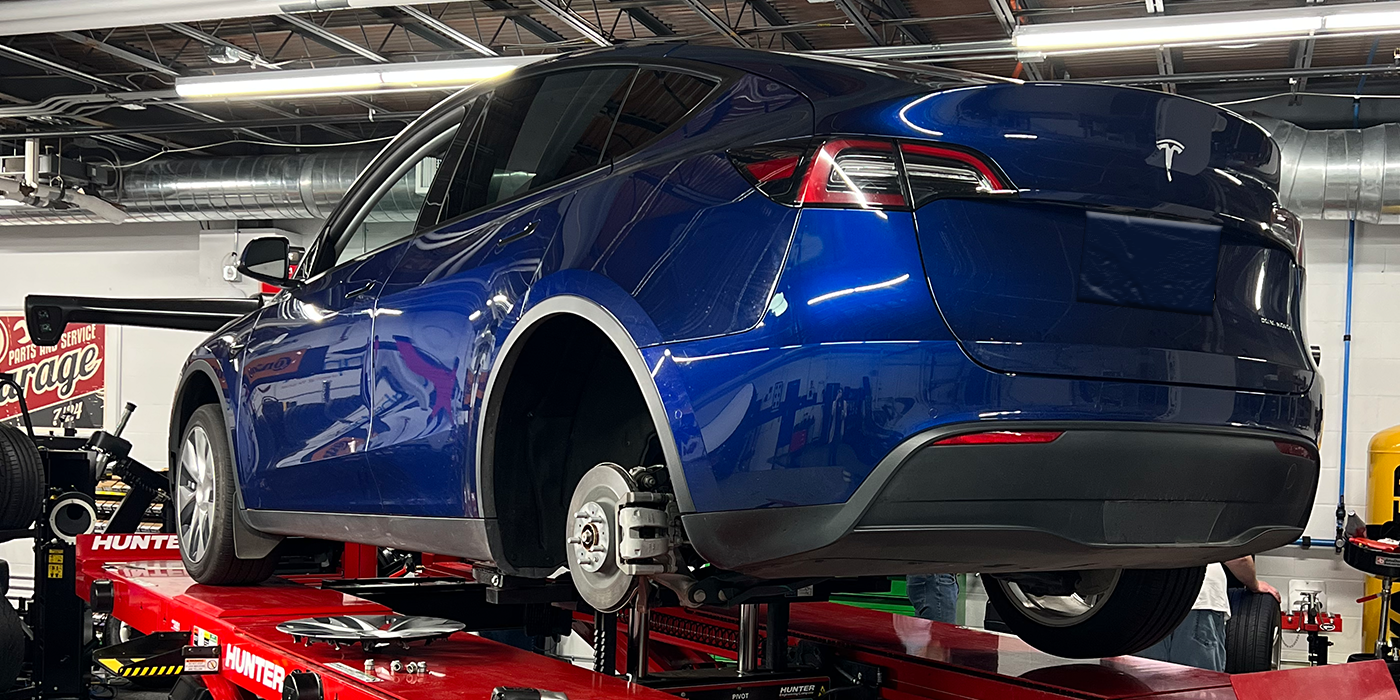Car batteries are a frequently replaced underhood component, more so than many other parts such as spark plugs, plug wires, sensors, water pumps, alternators, starters, even belts and hoses. The typical car or light truck will probably go through four or more batteries during its lifetime.
The service life of most wet cell lead-acid batteries is only about four years, and can be as little as three years in hot climates. AGM (Absorbent Glass Mat) batteries with spiral wound cells can last up to six years or more, but are not installed as often as conventional wet cell lead-acid batteries because of their significantly higher cost.
Replacement batteries may cost anywhere from $50 to $180 or more depending on the type of battery, its power rating and warranty. So it’s important to make sure your customers buy the right battery for their application when their old battery reaches the end of the road.
The following questions will test your battery product I.Q. so you can see if you are in the know or not.
1.) A 3-year-old battery keeps running down. Does the customer need a new battery or does his vehicle have a charging system or electrical problem?
a. Yes, it needs a new battery. Sell him one.
b. It might be a bad battery and alternator. Sell him both!
c. It’s hard to tell what the problem is until some tests are run.
d. You don’t do diagnostics. You just sell parts, so refer the customer to a repair shop, or sell him some diagnostic tools.
ANSWER: All too often, an inexperienced counterperson will tell the customer to replace the battery, or replace the alternator, or replace both without offering any diagnostic advice or doing any tests. That may seem like an easy way to boost sales, but it may not solve your customer’s problem. Answers A and B are jumping to conclusions, and are not the best way to help a customer.
Answer D may seem like a safe approach (let somebody else do the diagnostics), but that’s passing the buck. Most parts stores have a battery tester and a charging system, and/or alternator bench tester. Learn how to use these tools so you can help your customers figure out which parts actually need to be replaced.
Answer C is the best response for this situation. Don’t make any replacement recommendations until more is known about the problem.
The battery should be tested to see if it will accept and hold a charge. The fastest and easiest way to do this is with a conductance battery tester. Unlike a load tester that requires a battery to be at least 75% charged before it can be accurately tested, a conductance tester can be used on most batteries regardless of their state of charge.
If the battery test is bad, your customer needs a new battery. If the battery test is good, the next thing to check would be the output of the charging system.
The charging voltage is checked with the engine idling and all the lights and accessories off. Most charging systems will put out 13.5 volts to 14.5 volts at idle depending on the temperature and the battery’s level of charge. Less than 13.5 volts would probably indicate a charging problem such as a loose or slipping alternator belt, a bad wiring connector at the alternator, loose or corroded battery cables, or even a bad alternator. An alternator can be bench tested to see if its current and voltage output is within specifications.
If the battery and charging system both test good, but the battery is running down, the fault is likely a key-off electrical drain. There is always a small drain on the battery after the key is turned off to maintain the “keep alive” memories in the PCM and other modules. Many modules have internal timers that either turn off the module to put it into a “sleep mode,” or power down the module to a “standby mode” after a certain length of time when the key is turned off. Some of these modules power down in steps and time out at different rates.
As a rule, the key-off current drain on most late model vehicles should be less than 50 milliamps (mA) one hour after the vehicle has been shut off and left undisturbed. The current drain can be measured with a milliamp amp probe or an ammeter.
If the current drain is excessive and is draining the battery, removing power fuses one at a time until the drain stops is one technique for finding the circuit or module that is causing the problem.
2.) Counterman A says a replacement battery should have the same or higher CCA rating as the original battery. Counterman B says a battery’s “group size” depends on the CCA rating of the battery and its post configuration. Who is right?
a. Counterman A only
b. Counterman B only
c. Both Counterman A and B
d. Neither one
ANSWER: The CCA (Cold Cranking Amps) rating of a battery is how many amps it can deliver when cranking the engine. CCA ratings typically range from 450 to 1,000 CCA. Most engines require about 1.5 to 2 CCA for every cubic inch of displacement for reliable cold weather starting. A replacement battery should have the same or higher CCA rating as the original. Counterman A knows his stuff and is correct.
The group size of a battery depends on its physical dimensions (height, width and length) and post configuration (the top or side location of the terminals, and the orientation of the positive and negative terminals on the battery case). The group size has nothing to do with the battery’s CCA rating. A replacement battery must be a compatible group size so it will fit the vehicle’s battery tray, battery hold down and cable connections. OEM group sizes are often consolidated to reduce the number of different batteries your store must carry to cover popular vehicle applications. Sorry Counterman B, but you are wrong about group size depending on the CCA rating. It doesn’t.
3.) What is the difference between a conventional wet cell lead-acid battery and an AGM battery?
a. The price
b. The construction of the battery cells and case
c. Battery life and performance
d. All of the above
ANSWER: AGM stands for “Absorbent Glass Mat.” An AGM battery contains no liquid electrolyte (acid) so it can’t spill. The acid is held in boron silicate (glass) mats between the lead cell plates. The mats are like highly absorbent paper towels and are saturated with acid. This allows the cell plates to be spaced closer together to increase the battery’s cold start capacity. The mats also help cushion the cell plates, making the battery more resistant to vibration damage. Cell plates may be flat like those in a conventional battery case, or wrapped into cylindrical “spiral wound” cells. That makes answer B correct.
The manufacturers of AGM batteries say their batteries are more durable and typically last five to seven years, which is considerably longer than most conventional liquid lead-acid batteries. AGM batteries use “recombinant” chemistry. The oxygen and hydrogen that is given off when the battery is recharged recombines to form water instead of evaporating out of the top of the battery case.
This reduces gassing and loss of electrolytes to almost nothing. By comparison, a conventional wet lead-acid cell battery (also called a “flooded” battery because the cells are covered with water and sulfuric acid) typically uses water over time, even sealed-top maintenance-free batteries. If the water level gets low enough to expose the tops of the cell plates, they quickly sulfate and lose their ability to accept or hold a charge. That’s why typical battery life in a hot climate for a wet cell lead-acid battery is only about three years. Thus, answer C is also correct.
Another difference is that AGM batteries will usually hold a charge much longer than a wet lead-acid cell battery. This makes AGM batteries a good choice for vehicles, motorcycles or RVs that may sit for long periods between uses. Some AGM batteries are designed specifically to be deep cycle batteries (like marine batteries) so they can withstand being discharged without permanent damage. By comparison, a conventional wet cell starting battery must be maintained at or near full charge for maximum service life. Fully discharging the battery more than two or three times can shorten its service life.
As for cost, AGM batteries are positioned as premium replacement batteries, so their selling price is significantly higher than most conventional batteries. Answer A is also correct, so that makes all of the answers correct for this question (answer D).
4.) Can replacing a battery cause electrical or other problems in a vehicle?
a. Yes
b. No
c. Maybe
d. I have no idea
ANSWER: Replacing a battery is a fairly simple task on most vehicles. You just disconnect the positive and negative battery cables, loosen or remove the battery hold down strap or clamps, and swap batteries. Then, retighten the battery hold down once the new battery is in place, then clean and reattach both battery cables.
Until recently, that’s all there was to it. But on many late model cars and light trucks, a simple battery replacement may not be so simple. Why? Because power must be maintained to the PCM and electrical system to preserve “keep alive” memory settings in many onboard modules. If power is lost, even for a few seconds, it can wipe the learned settings and other critical information from the module’s memory.
This, in turn, may prevent some modules or systems from functioning until special relearn procedures are performed (many of which may require the use of a scan tool) to restore normal operation.
Power can be maintained during a battery swap by using jumpers and another 12-volt battery, a 12-volt battery charger, or a 9-volt “memory saver” or OBD power cord that plugs into a 12-volt power receptacle or cigarette lighter (which must have power when the key is off to feed voltage to the electrical system).
The correct answer for this question could be A, B or C — or D if you are absolutely honest!
5.) Do new batteries have to be charged?
a. Yes
b. No
c. Maybe
d. Why do you keep asking me these difficult questions?
ANSWER: Most batteries are shipped “dry charged” from the factory, but may require some additional charging after sitting for months on a store shelf. That’s why a new battery should always be put on a charger before it is installed. The vehicle’s charging system will obviously recharge a low battery anyway, but the charging system is designed to handle maintenance charges, not to recharge really low batteries as this may overtax the alternator and lead to premature failure.
The latest generation of smart chargers can adjust the charging voltage and current to optimize charging without overheating the battery (which may damage a battery). Some chargers have special settings for AGM batteries, while others can safely handle any type of battery.
The correct answer to this question could be A if a new battery is low, or B if it is fully charged, or C depending on how long the battery has been in inventory and its current state of charge.
As for answer D, we are trying to make you a better-informed and more knowledgeable counterpro.













